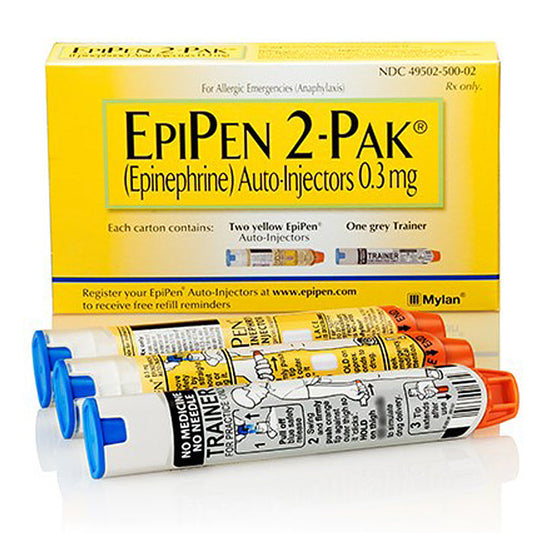
First Aid for Sprains
William BeauregardShare
Sprains occur when the ligaments, which connect bones to one another, are stretched or torn. They are common injuries that can occur in the ankle, wrist, and knee. If you suspect that you have sprained a joint, it is important to take immediate action to reduce inflammation and promote healing. Here is a basic guide on first aid for sprains:
-
Rest the affected joint. Avoid putting weight on it or using it to move around.
-
Apply ice to the injured area. Ice helps to reduce inflammation and numb the area, which can help to reduce pain. Apply ice to the affected area for 20-30 minutes at a time, several times a day.
-
Compress the affected area. Use an elastic bandage to wrap the joint and provide support. This will help to reduce swelling and stabilize the joint.
-
Elevate the affected area. Keep the joint elevated above the level of your heart to help reduce swelling.
-
Take over-the-counter pain relievers. Nonsteroidal anti-inflammatory drugs (NSAIDs) such as ibuprofen and naproxen can help to reduce pain and inflammation.
-
Seek medical attention if the pain is severe or if you are unable to move the joint. If there is severe pain, swelling, or difficulty moving the joint, it could be a sign of a more serious injury such as a broken bone. In these cases, it is important to see a doctor as soon as possible.
It is important to note that these steps are intended as a guide, and if you are unsure whether you have sprained a joint or if you are experiencing severe pain, it is always best to seek medical attention.
In addition to the above first aid steps, it is also important to take care of yourself by getting enough rest, eating well, and staying hydrated. This can help to promote healing and reduce the risk of complications.
It's also important to note that the sprain recovery may take a couple of weeks to a few months, depending on the severity of the sprain and the person's overall health. Physical therapy and exercises may be recommended by your physician to ensure full recovery and to prevent future sprains.



